MiniatureBuildings.co.uk : Exploring model buildings of all sizes and styles
- Home (top)
- Home
-
About
Us -
Recent
Blogs - Scales
- Uses
- Modelling
-
Articles
A-L -
Articles
M-Z
.
Miniature Buildings
(top of page)
Home
Articles
- Miniature
Buildings - Home +
-
Recent
Blogs -
Articles
A-L -
Articles
M-Z
.
Miniature Buildings
Welcome
If you have not visited Minature Buildings before can I suggest you begin with my Aims and Scope article. If you have visited before - welcome back to my latest posting:
Diorama Art
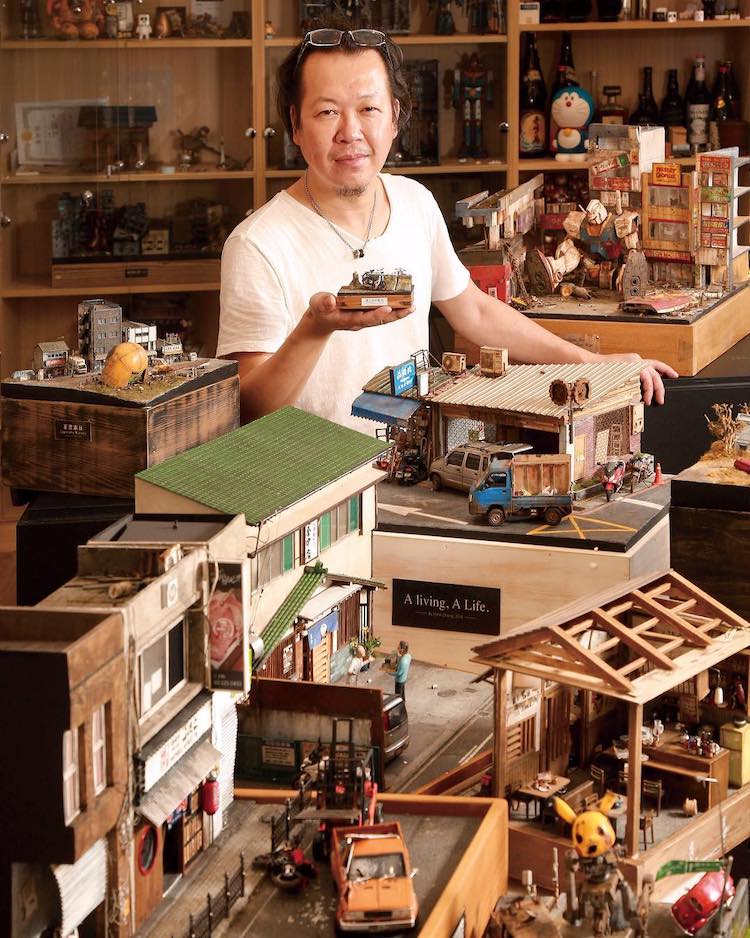

This article is mostly to showcase the work of Taiwanese modeller Hank Cheng. But it is entitled 'Diorama Art' and I'm going to go off on a couple of tangents before getting back to Hank. I hope you will excuse my ramblings.
I think it is true to say that most modellers regard themselves as hobbyists or craftsmen. But Hank, and a few other top end modellers, bill themselves, or are billed, as artists. Which prompts me to ask at what point the modelling hobby and craft crosses the line and qualifies as art.
If the artistic end of the hobby is of interest you may like to take at the MB article looking at the work of Matthew Simmonds, the piece on Street Art by EVOL or the work of Ben Taggart discussed in my page about 1/24th scale models. Is the distinction simply between those who try to make a living from their work and those who make models simply for the joy of it? It's not a very attractive proposition. Art has surely a higher meaning. If something counts or qualifies as art then it really doesn't matter if the artist is being paid. And if the work is not art then being able to sell it (or getting a grant to produce it) does not magically convert it. For a fuller discussion on 'What is Art?' please find the philosophy website of your choice. All I will say is that I'm looking for an objective test. A piece of work does not become art - IMHO - simply because the modeller subjectivly declares it to be so.
The other word in the title is Diorama. Until very recently I had associated dioramas almost exclusivly as the province of miltary modellers placing vehicles or figures within a scenic location. There is an interesting and well researched Wikipedia article on the history of dioramas which provides as a definition 'The current, popular understanding of the term "diorama" denotes a partially three-dimensional, full-size replica or scale model of a landscape typically showing historical events, nature scenes or cityscapes, for purposes of education or entertainment'. I feel that is too narrow.
It is just a few weeks ago that I ran across the Facebook group Small Worlds Dioramas. It is a very eclectic mix. The founder of the group Rich Westerman acknowledges that his interests were rooted in model railroads but says "the part of the hobby I enjoy most is building structures and creating scenes". It is that last word that seems to me to be the key. A diorama is not just a model of a single object, it is creating a scene and capturing a moment in the life of a location. Which means it is no surprise how prominently miniature buildings feature in dioramas. When I first set up the forerunner to this website I wrote that I was seeking "to find common ground between the wide variety of [building] models produced in the various different scales for multiple purposes". That bridging of disciplines seems to be an ideal shared by the contributors to Small Worlds Dioramas.
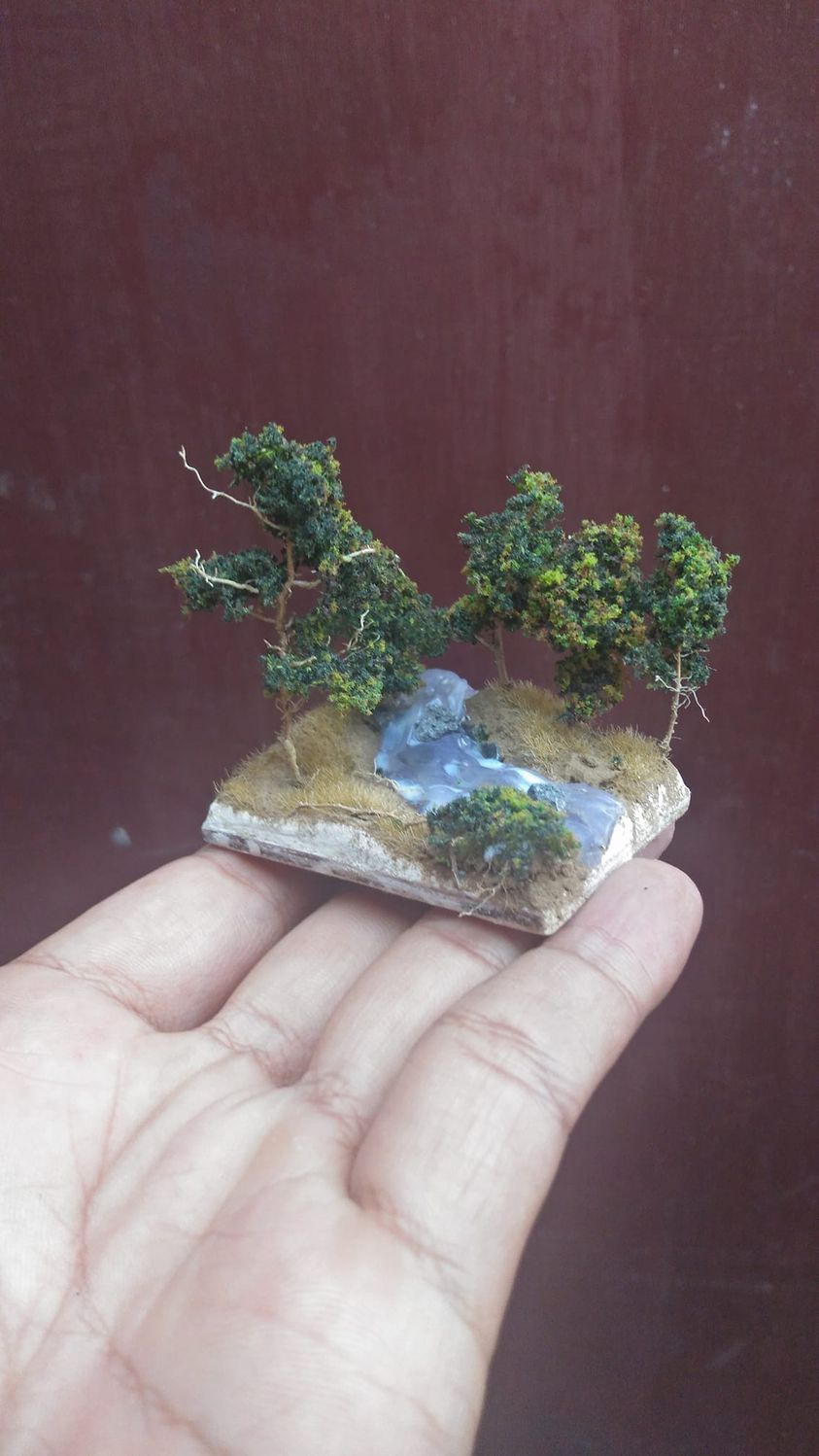
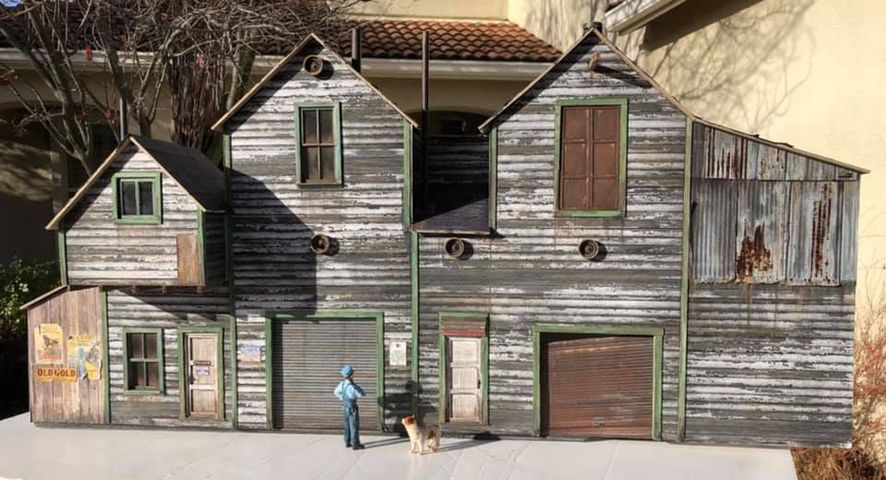

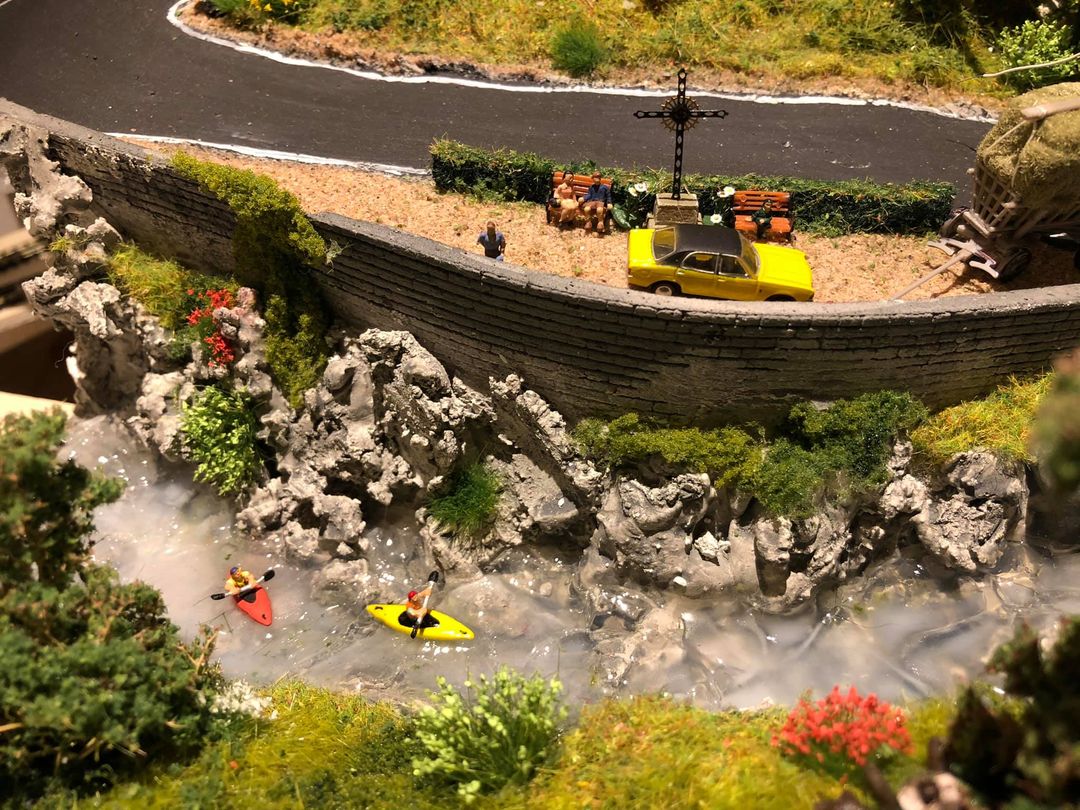
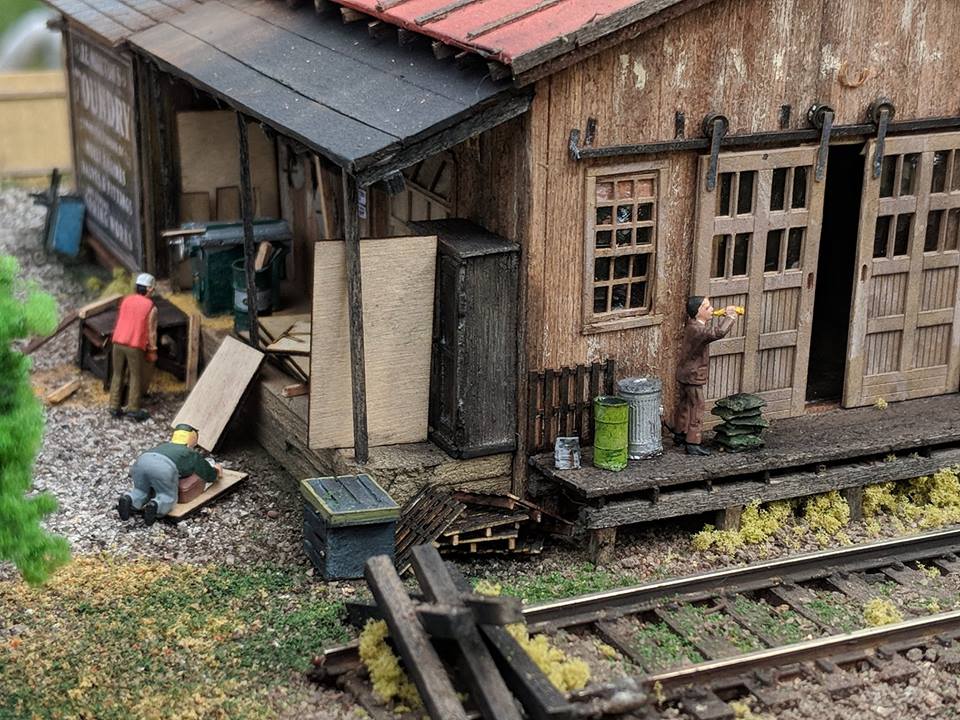
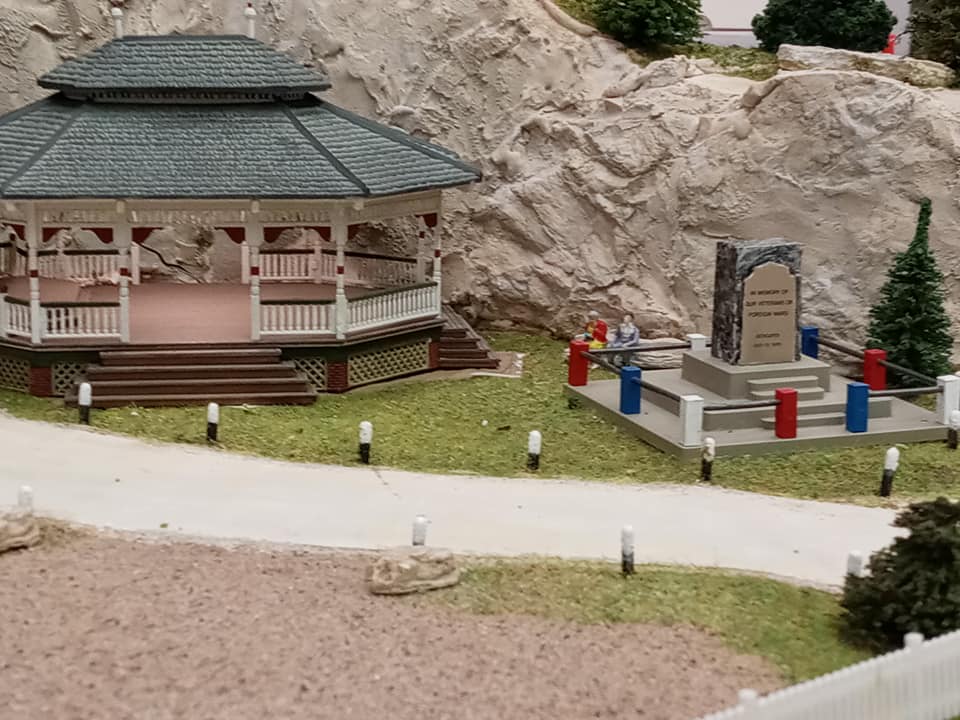
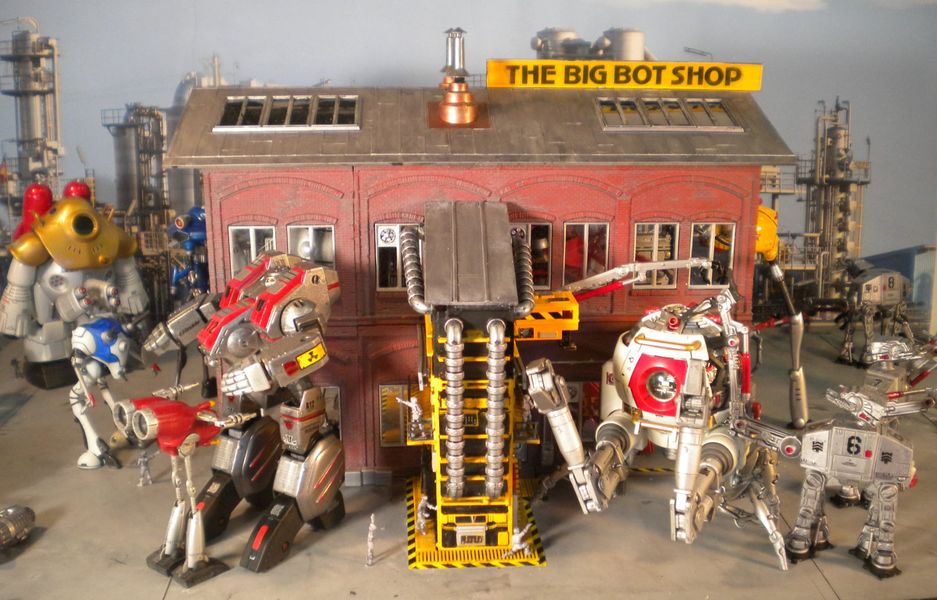
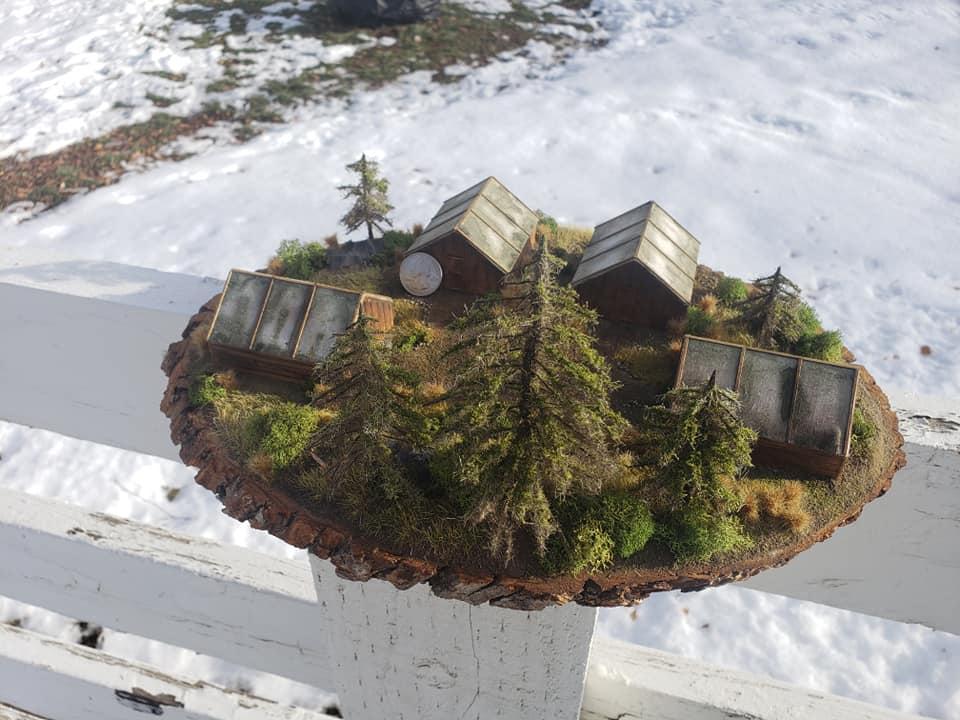
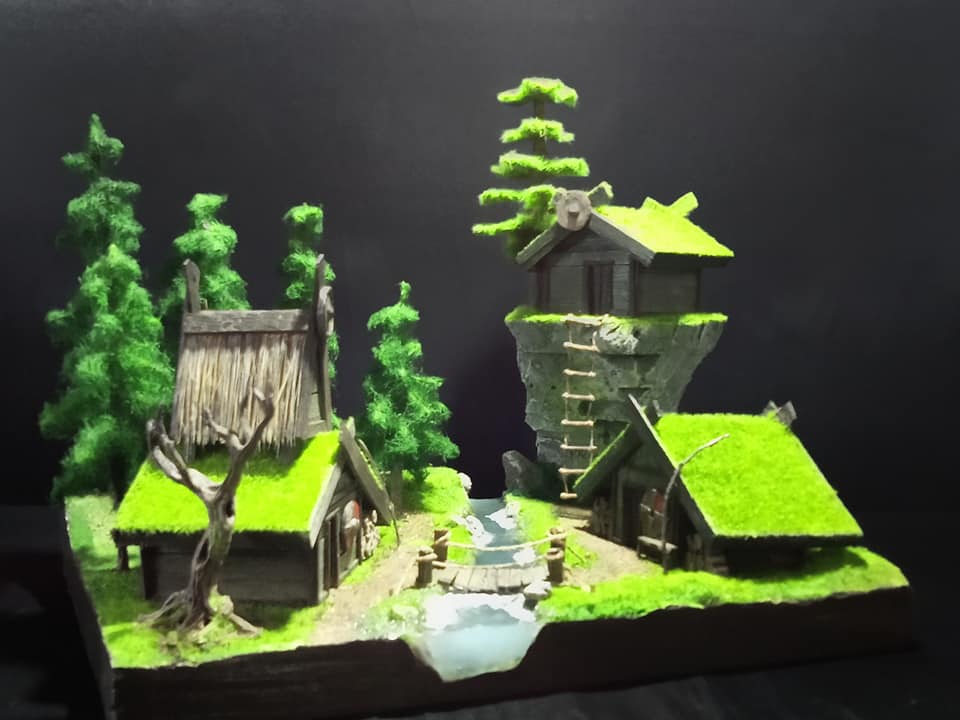
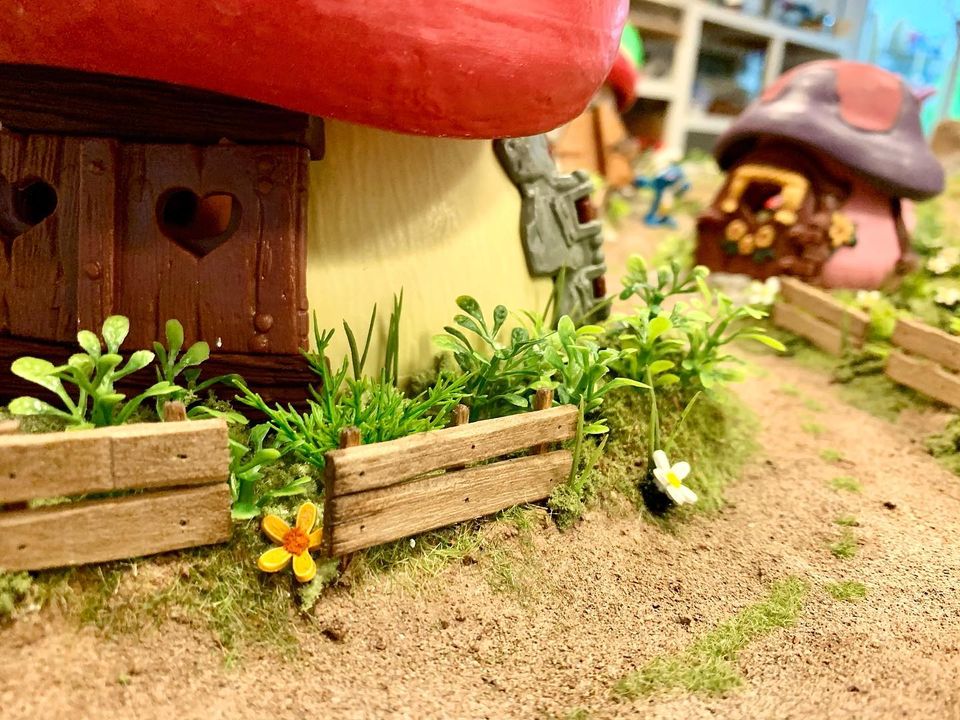
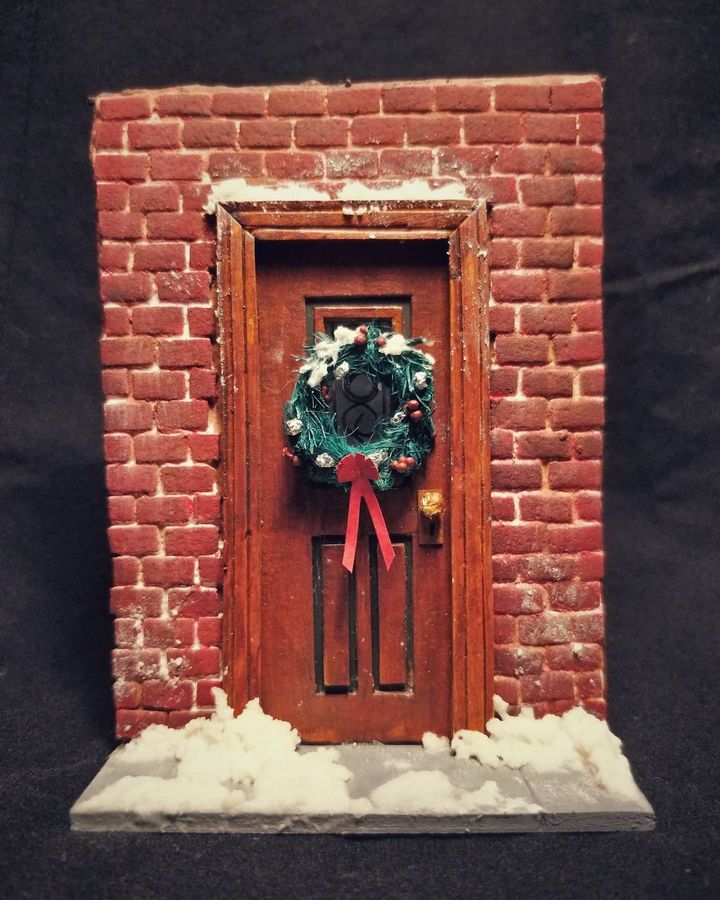

- - Small Worlds Dioramas; as varied
a mix as you will find anywhere - -
Anyway. Back to Hank Cheng, who is a professional model maker and a commercial supplier of items for the creation of dioramas. I found him on the website mymodernmet.com . What an irritating, jumbled, advert infested, rag bag of potentially interesting stuff. I have done my best to extract from Emma Taggart's article the pertinent information about Hank and his work.
His work is lovely but I find the language around it a bit pretentious: "Every piece captures real-life places from the artist’s memory and pays homage to his community". That a modeller would create miniatures of buildings he or she is familar with is not especially remarkable. That he would try to do it from memory rather than more detailed research of prototypes sounds a little strange. But enough criticism. He works in a variety of scales. The first of the two images shown below is of a heavily weathered building is 1/150 scale which strangely seems to offer more detail than the second half relief model at 1/24th. The two models seem to me to illustrate well the dividing line between a model of a building and a small diorama.

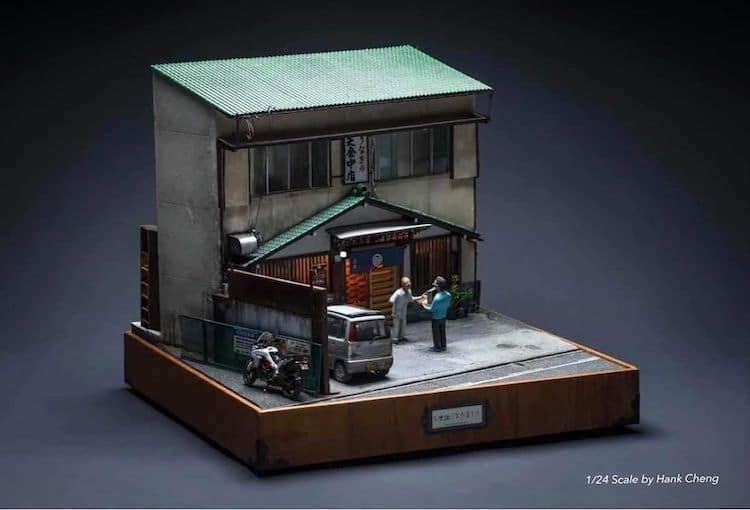
The defining element of Hank's work seems in fact to be the little details rather than the main structures which act as a canvas on which the diorama scenes are drawn. As you can see from his own website he offers diorama detailing packs, which fit more closely to the dolls house market than other modelling genres. The next photo demonstrates clearly for me how important the little bits of detail around the building are in creating an image of reality. Building walls and roof is just the starting point.
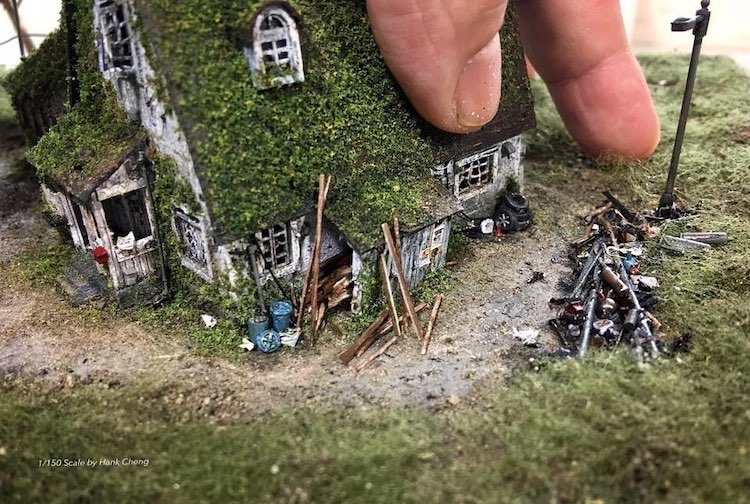
As always, write to Miniature Buildings at
ModelBcomment@gmail.com
if you have something to add.
David, 4 January 2021